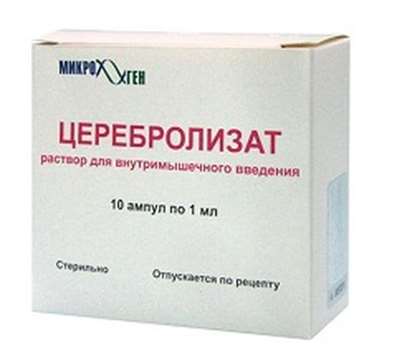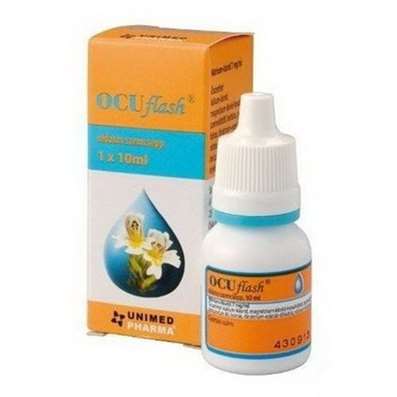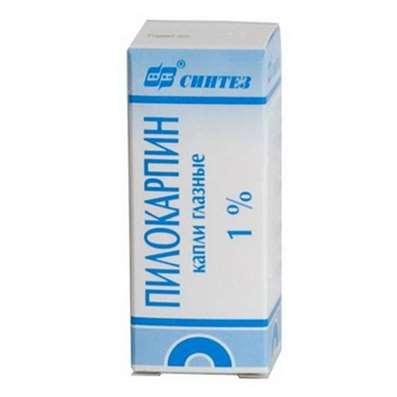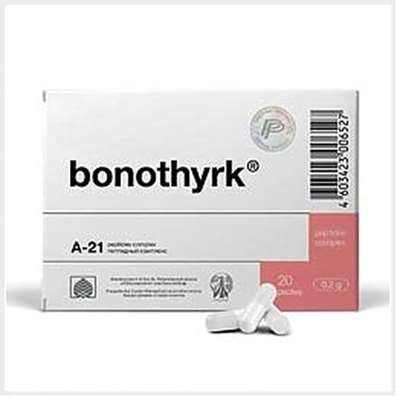Instruction for use: Ganirelix (Ganirelixum)
I want this, give me price
Chemical name
N-Acetyl-3- (2-naphthyl) -D-alanyl-p-chloro-D-phenylalanyl-3- (3-pyridinyl) -D-alanyl-L-seryl-L-tyrosyl-N6 - [(ethylamino) (Ethylimino) methyl] -D-Lysyl-L-leucyl-N6 - [(ethylamino) (ethylimino) methyl] -L-Lysyl-L-prolyl-D-alaninamide (as diacetate)
Pharmacological group
Hormones of the hypothalamus, pituitary gland, gonadotropins and their antagonists
Nosological classification (ICD-10)
N97 Female infertility
Female infertility in anovulation, Hyperprolactinemic infertility, Hyperprolactinaemia with infertility, Endocrine infertility, Infertility due to hypothalamic-pituitary dysfunction, Infertility infertility, Infertility, Infertility on the background of hyperprolactinaemia, Functional infertility, Marriage is infertile, Infertility of ovarian genesis, Stimulation of the growth of a single follicle
Z31.1 Artificial insemination
Fence of egg, ICSI (Intra Cytoplasmic Sperm Injection), Controlled ovarian stimulation, Controlled superovulation, Controlled superovulation in artificial insemination, Treatment of insemination, Fertilization artificial, Premature ovulation, The IVF program, The program of in vitro fertilization, Superovulation
Code CAS124904-93-4
Characteristics
Gonadotropin-releasing hormone antagonist (GnRH). Synthetic decapeptide with high antagonistic activity against natural GnRH. Ganirelix acetate is a derivative of natural GnRH with amino acid substitutions at positions 1, 2, 3, 6, 8 and 10. It is soluble in water.
Pharmacology
The pharmacological action is antigonadotropic.
The pulsatile release of GnRH stimulates the synthesis and secretion of luteinizing and follicle-stimulating hormone. The frequency of LH emission in the middle and late follicular phase is approximately 1 ejection per hour. These pulsations are accompanied by a short-term increase in serum LH levels. In the middle of the cycle, a significant increase in GnRH release leads to an increase in the level of LH, which initiates a number of physiological processes, including ovulation, the resumption of meiosis in the oocyte, luteinization. Luteinization leads to an increase in the level of progesterone in the serum with a concomitant decrease in the level of estradiol.
Ganirelix acetate competitively blocks the receptors of GnRH gonadotrophs of the adenohypophysis. Causes rapid reversible inhibition of endogenous gonadotropin secretion by the pituitary gland without initial stimulation of their release. Oppression of LH secretion is more pronounced than suppression of FSH secretion. After the termination of the administration of ganirelix, the level of LH and FSH completely returns to the initial values within 48 hours.
The pharmacokinetics of ganirelix acetate was evaluated by its administration at a dose of 0.25 mg once daily for 7 days to healthy female volunteers (n = 15). After the SC administration is rapidly absorbed, Cmax is reached approximately for 1 hour and is after a single SC administration of 14.8 ± 3.2 ng / ml. Absolute bioavailability after a single injection of 0.25 mg is 91.1%, the volume of distribution is 43.7 ± 11.4 l. The binding with plasma proteins in vitro is 81.9%. Equilibrium concentration in the blood is achieved after 3 days of treatment. Pharmacokinetics is dose-dependent in the dose range of 0.125-0.5 mg.
A study of the metabolism of ganirelix acetate showed that after single administration of radiolabeled substance to healthy female volunteers, the drug was detected in plasma (50-70% of total radioactivity) up to 4 hours after injection and in urine (17.1-18.4% Doses) up to 24 hours. In feces in unchanged form is not detected, but is determined in the form of 1-4 peptides and 1-6 peptides. When studying the excretion of ganirelix acetate, it was found that after iv injection of 1 mg of 14C-ganirelix acetate an average of 97.2% of radioactivity was found in feces and urine (75.1% and 22.1%, respectively) for 288 hours after And urinary excretion is completed within a period of 24 hours, whereas a curve reflecting excretion with feces emerges on the plateau 192 hours after injection.
T1 / 2 was 12.8 ± 4.3 hours for a single injection and 16.2 ± 1.6 hours for multiple injections to healthy female volunteers (n = 15).
Clinical researches
The efficacy of ganirelix acetate was evaluated in controlled clinical trials with the inclusion of patients with normal endocrine status, as well as the normal characteristics of pelvic ultrasound. Exclusion criteria from the study included polycystic ovary syndrome, as well as a minor ovarian reserve or lack thereof.
Clinical studies used recombinant follitropin beta for injection, which was administered in the morning, starting from the 2nd-3rd day of the menstrual cycle at a dose of 150 IU. The morning of the 7th-8th day of the cycle, i.e. Starting with the 6th day of the introduction of recombinant FSH (rekFSH), ganirelix acetate was administered, while the dose of re-FSHP was adjusted depending on the individual response of the ovaries to stimulation. The introduction of re-FSHP and ganirelix continued until at least 3 follicles reached a size of 17 mm or more, after which human gonadotropin chorionic (hGH) was introduced for the final maturation of follicles and the introduction of re-FSHP and ganirelix was stopped. Oocytes were removed and ECO (in vitro fertilization) or ICSI (intracytoplasmic sperm injection) performed.
In a multicenter, double-blind, randomized study, the optimal dose of drugs needed to prevent premature release of LH in controlled ovarian hyperstimulation was identified. The study involved 332 patients who underwent controlled ovarian hyperstimulation with the use of rexFSH. Ganirelix acetate was used at doses of 0.0625 mg to 2 mg. At the time of administration of hGH, the median serum level of LH decreased with increasing dose of ganirelix, and the medians (in the brackets indicated 5-95 percentile) of serum levels of E2 (17-beta-estradiol) were 1475 (645-3720), 1110 (424-3780) And 1160 (384-3910) pg / ml at doses of ganirelix 0.0625; 0.125 and 0.25 mg, respectively. Lower peaks of E2 concentrations of 823, 703 and 441 pg / ml were determined at higher doses of ganirelix acetate-0.5; 1 and 2 mg, respectively.
The highest frequency of implantation of embryos (21.9%) and the onset of pregnancy (25%) was observed with a dosage of ganirelix 0.25 mg.
A short-term increase in LH was not dangerous for achieving pregnancy with the use of doses of ganirelix 0.125 mg (3 of 6 patients) and 0.25 mg (1/1). In addition, none of the patients with a marked increase in PH> 10 IU / l showed premature luteinization (estimated plasma progesterone level exceeding 2 ng / ml).
In a multicenter, open-label, randomized trial evaluating the efficacy and safety of ganirelix (with the inclusion of 463 patients who received garnetrex at a dose of 0.25 mg), premature LH release prior to hCG (an increase in LH ≥ 10 IU / L with concomitant significant increase in progesterone Serum more than 2 ng / ml or a significant decrease in serum estradiol) was observed in less than 1% of cases.
Carcinogenicity, mutagenicity, effects on fertility
Long-term studies of the toxicity of ganirelix acetate on animals to assess its potential carcinogenicity have not been carried out. He did not induce mutations in the Ames test (S.typhimurium and E.coli) and chromosomal aberrations in vitro in a test using Chinese hamster ovary cells.
Indications
Inhibition of premature peak increase in LH secretion in women under controlled ovarian hyperstimulation in infertility treatment programs using assisted reproductive technologies.
Contraindications
Hypersensitivity, incl. To GnRH or any other GnRH analogue, pregnancy or suspected pregnancy.
pregnancy and lactation
Contraindicated in pregnancy or suspected pregnancy (before treatment, pregnancy should be excluded).
When ganirelix acetate was administered to pregnant rats and rabbits from 7th day to the near term, at doses up to 10 and 30 mcg / day, respectively (approximately 0.4 and 3.2 times the dose for humans, based on the area Surface of the body), there was an increase in the percentage of resorption of the offspring. There was no increase in fetal disorders. There were no drug-related changes in fertility, physical or behavioral characteristics in the offspring of female rats receiving ganirelix acetate during pregnancy and lactation. The effect on fetal resorption is a consequence of a change in the hormone level due to the antigonadotropic properties of the drug, which can lead to fetal loss in humans (should not be used in pregnant women).
The action category for fetus by FDA is X.
Contraindicated in breastfeeding (it is unknown whether the drug penetrates into breast milk).
Side effects
Adverse reactions that have been observed in completed controlled clinical trials from the first day of application of ganirelix acetate (n = 794) to confirmation of pregnancy by ultrasound in ≥1% of patients using drugs and were not directly related to taking the medication.
Abdominal pain (gynecological) (4.8%), embryo / fetal death (3.7%), headache (3.0%), ovarian hyperstimulation syndrome (2.4%), vaginal bleeding (1.8% ), Reactions at the injection site (1.1%), nausea (1.1%), abdominal pain (gastrointestinal) (1.0%).
In postmarketing studies, rare cases of hypersensitivity reactions were noted, including anaphylactoid reactions after the first dose.
Congenital anomalies
According to the results of clinically completed studies, out of 283 newborns born with women using ganirelix acetate, 3 had serious congenital anomalies (including hydrocephalus / meningocele, omphaloceles) and 18 had less severe congenital anomalies (incl. Nevus, skin tags, sacral sinus, hemangioma, torticollis / skull asymmetry, clubfoot, extra fingers, subluxation of the hip, torticollis / high palate, umbilical hernia, inguinal hernia, hydrocele, unopposed testicle, hydronephrosis.Causal connection between these congenital anomalies and Ganirelix acetate was not detected.
Interaction
The use with other drugs has not been studied sufficiently, therefore, the probability of drug interaction can not be ruled out.
Routes of administration
PC.
Precautions
Can be appointed only by a specialist with experience in the treatment of infertility.
In postmarketing studies, rare cases of hypersensitivity reactions were noted, including anaphylactoid reactions after the first dose (see "Side effects").
Before starting therapy, the patient should be warned about the duration of treatment, the need for monitoring procedures and the risk of possible adverse reactions. The attending physician should be informed about the medications that the patient took shortly before the start of treatment or continues to take in parallel with the prescription of the drug.
The safety and efficacy of the drug has not been established for women weighing less than 50 kg or more than 90 kg.
In case of repeated courses of treatment, the drug should be used only after a careful assessment of the degree of potential risk and the effectiveness of treatment.

 Cart
Cart





